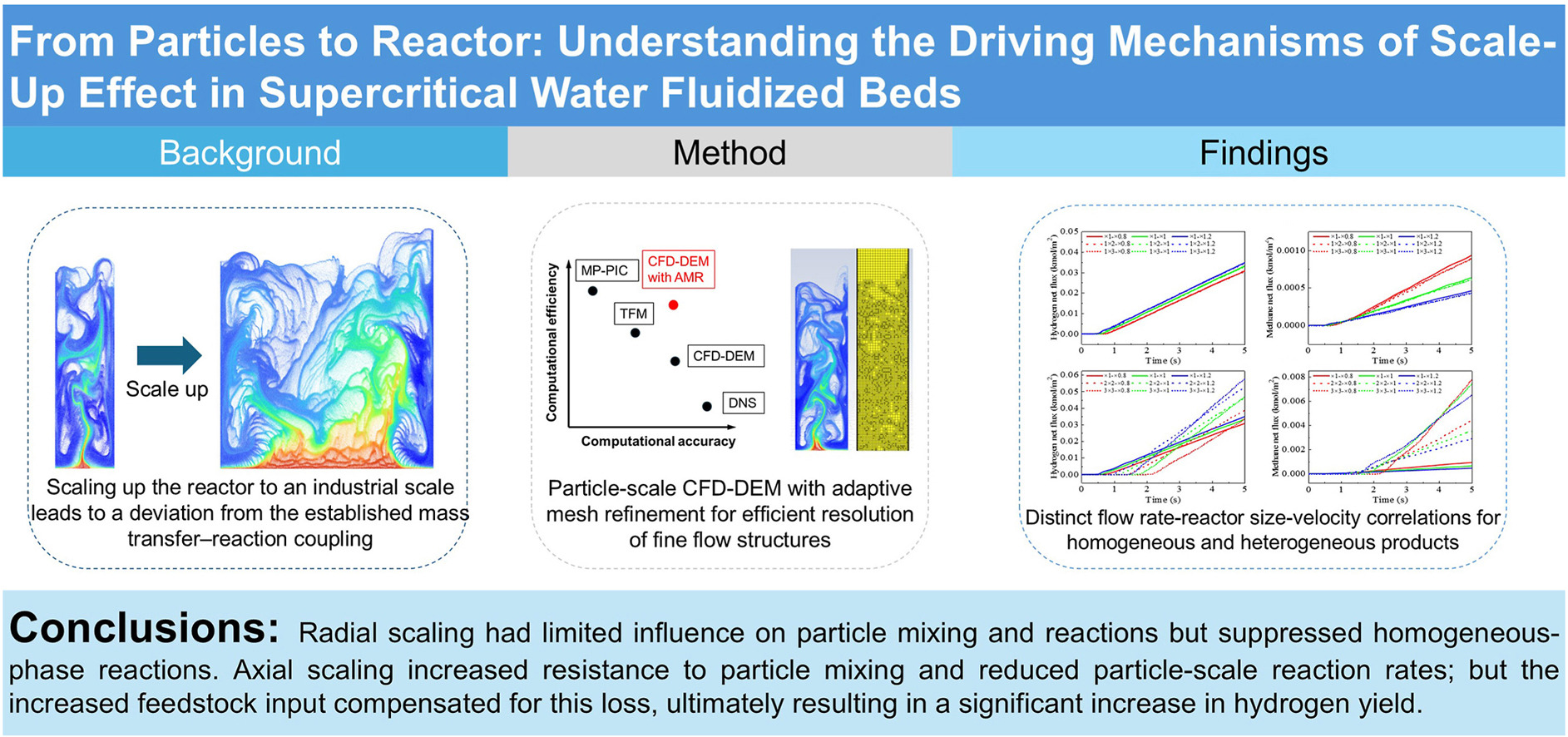-
Volumes 96-107 (2025)
-
Volume 105
-
Volume 104
-
Volume 103
Pages 1-314 (August 2025)
-
Volume 102
Pages 1-276 (July 2025)
-
Volume 101
Pages 1-166 (June 2025)
-
Volume 100
Pages 1-256 (May 2025)
-
Volume 99
Pages 1-242 (April 2025)
-
Volume 98
Pages 1-288 (March 2025)
-
Volume 97
Pages 1-256 (February 2025)
-
Volume 96
Pages 1-340 (January 2025)
-
Volume 105
-
Volumes 84-95 (2024)
-
Volume 95
Pages 1-392 (December 2024)
-
Volume 94
Pages 1-400 (November 2024)
-
Volume 93
Pages 1-376 (October 2024)
-
Volume 92
Pages 1-316 (September 2024)
-
Volume 91
Pages 1-378 (August 2024)
-
Volume 90
Pages 1-580 (July 2024)
-
Volume 89
Pages 1-278 (June 2024)
-
Volume 88
Pages 1-350 (May 2024)
-
Volume 87
Pages 1-338 (April 2024)
-
Volume 86
Pages 1-312 (March 2024)
-
Volume 85
Pages 1-334 (February 2024)
-
Volume 84
Pages 1-308 (January 2024)
-
Volume 95
-
Volumes 72-83 (2023)
-
Volume 83
Pages 1-258 (December 2023)
-
Volume 82
Pages 1-204 (November 2023)
-
Volume 81
Pages 1-188 (October 2023)
-
Volume 80
Pages 1-202 (September 2023)
-
Volume 79
Pages 1-172 (August 2023)
-
Volume 78
Pages 1-146 (July 2023)
-
Volume 77
Pages 1-152 (June 2023)
-
Volume 76
Pages 1-176 (May 2023)
-
Volume 75
Pages 1-228 (April 2023)
-
Volume 74
Pages 1-200 (March 2023)
-
Volume 73
Pages 1-138 (February 2023)
-
Volume 72
Pages 1-144 (January 2023)
-
Volume 83
-
Volumes 60-71 (2022)
-
Volume 71
Pages 1-108 (December 2022)
-
Volume 70
Pages 1-106 (November 2022)
-
Volume 69
Pages 1-122 (October 2022)
-
Volume 68
Pages 1-124 (September 2022)
-
Volume 67
Pages 1-102 (August 2022)
-
Volume 66
Pages 1-112 (July 2022)
-
Volume 65
Pages 1-138 (June 2022)
-
Volume 64
Pages 1-186 (May 2022)
-
Volume 63
Pages 1-124 (April 2022)
-
Volume 62
Pages 1-104 (March 2022)
-
Volume 61
Pages 1-120 (February 2022)
-
Volume 60
Pages 1-124 (January 2022)
-
Volume 71
- Volumes 54-59 (2021)
- Volumes 48-53 (2020)
- Volumes 42-47 (2019)
- Volumes 36-41 (2018)
- Volumes 30-35 (2017)
- Volumes 24-29 (2016)
- Volumes 18-23 (2015)
- Volumes 12-17 (2014)
- Volume 11 (2013)
- Volume 10 (2012)
- Volume 9 (2011)
- Volume 8 (2010)
- Volume 7 (2009)
- Volume 6 (2008)
- Volume 5 (2007)
- Volume 4 (2006)
- Volume 3 (2005)
- Volume 2 (2004)
- Volume 1 (2003)
•A high-resolution model was employed to track detailed particle-scale flow behavior.
•The model integrated adaptive mesh refinement to enhance computational efficiency.
•Driving mechanisms behind the reactor scale-up effect were revealed.
•Radial and axial scaling affect reactor performance through different mechanisms.
Supercritical water gasification is a promising method for efficient hydrogen production. Among various reactor designs, fluidized bed reactors demonstrate strong industrial potential due to their plugging resistance and favorable hydrodynamic properties. However, scaling up the reactor to industrial applications disrupts the mass transfer-reaction matching relationship established at the particle level, making it challenging to replicate the performance of smaller reactors. To mitigate the scale-up effect of the reactor, a fundamental understanding of particle-scale mechanisms is essential. In this study, high-resolution numerical simulations are employed to investigate particle dynamics across both reactor and particle scales. To enhance computational efficiency, adaptive mesh refinement and heterogeneous computing are utilized. The scale-up laws governing the internal flow structures and chemical reaction performance within the reactor are analyzed. The temperature, diffusion, and chemical reaction performance at the particle level are tracked, and statistical analyses are performed to elucidate the mechanisms driving the scale-up effects. Results reveal that the two scaling approaches affect reactor performance through different mechanisms. Radial scaling has minimal impact on particle mixing and reaction rates, whereas axial scaling reduces particle reaction rates; however, this reduction is compensated by an increased particle count, ultimately enhancing overall hydrogen yield. Additionally, higher superficial velocity enhances feedstock mixing and thermal uniformity, resulting in more uniform particle reactions, although it may hinder homogeneous reactions. These findings offer new insights into reactor scale-up effects and hold promise for guiding optimal and detailed design of future industrial-scale reactors.

